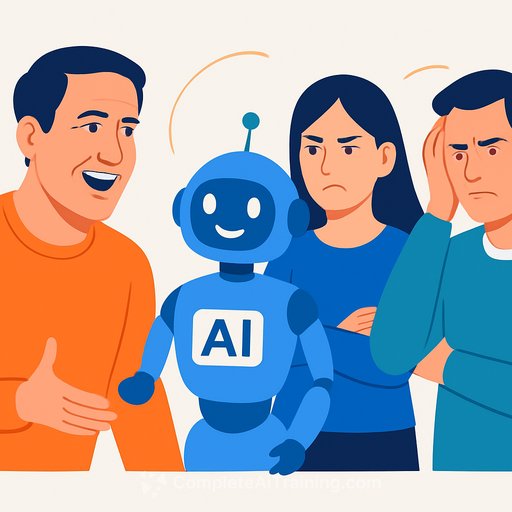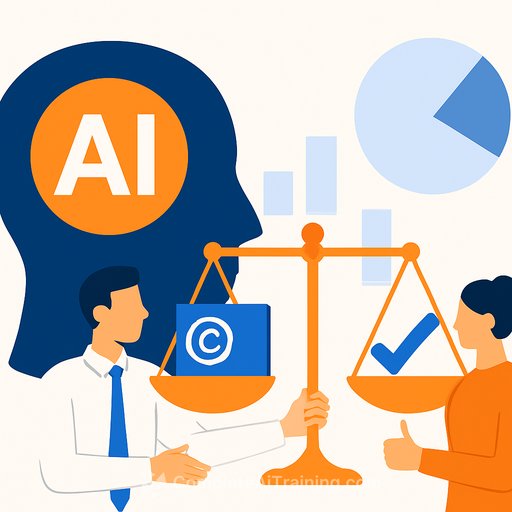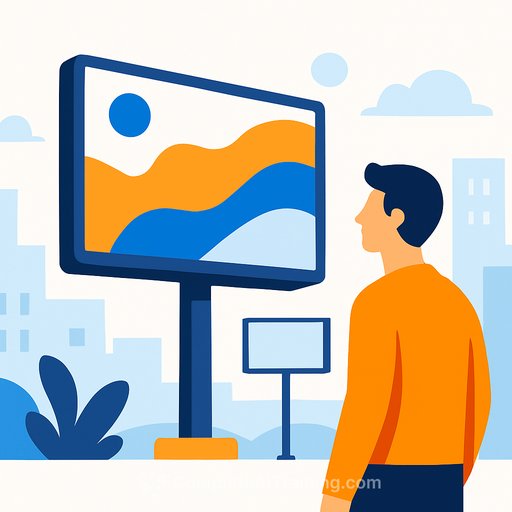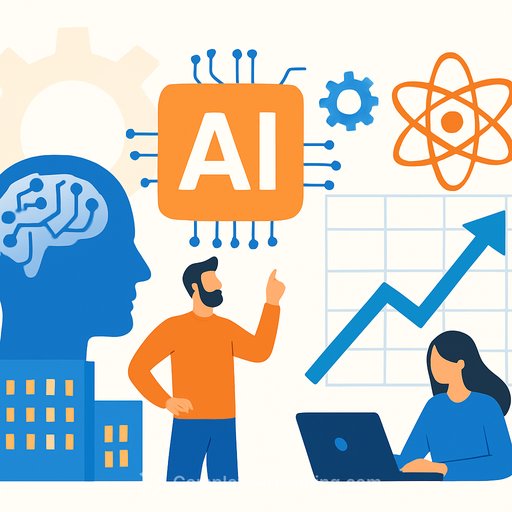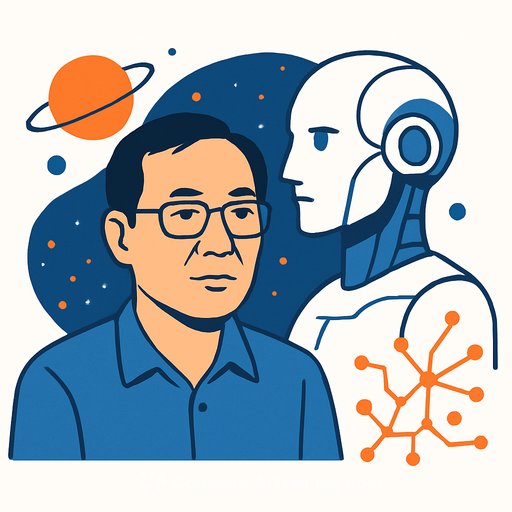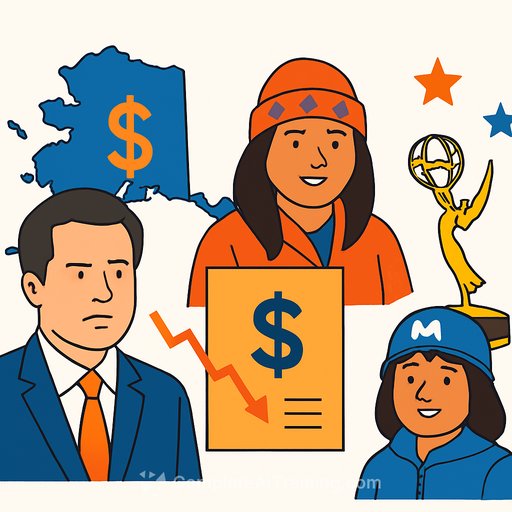The creative cost of AI in music
"The day the music died" was written for a tragedy. Today, it reads like a warning for a different kind of loss: the slow removal of human feeling from songs.
In early November, an AI-driven R&B act, Xania Monet-fronted by Telisha Jones-landed on Billboard's radio chart with "How Was I Supposed to Know." There's a person behind the avatar, but the output is machine-made. Listeners hear polish; artists feel a door closing.
Why this cuts at the heart of creative work
- Human connection is the product. Music is confession set to rhythm. A system that never lived what you lived can mimic phrasing, not feeling.
- Style scraping cheapens originality. Models are trained on existing catalogs. The result often mirrors living artists-close enough to confuse listeners and clients. That's a consent issue, and it pushes us toward copycat culture. See the U.S. Copyright Office's guidance on AI authorship: copyright.gov/ai.
- The speed gap squeezes new voices. AI can churn out "new" tracks in minutes. Budgets reward speed. Emerging artists eat the cost of time, craft, and session talent.
What this chart moment really signals
It's not about one song. It's about a market getting comfortable with art that doesn't come from lived experience. If more slots go to avatars, fewer go to people who have something real to say.
Ethics and consent need teeth
Training on someone's catalog without permission is not "influence"-it's exploitation. Voice cloning, lookalike productions, and soundalike prompts bypass the people who built the style. We need clear labels, consent requirements, and meaningful penalties for misuse.
Practical moves for working creatives
- Label your authorship. Attach content credentials to tracks, stems, and artwork so provenance is traceable. Start with the Content Authenticity Initiative: contentauthenticity.org.
- Lock your contracts. Add "No AI training, cloning, or synthesis" clauses. Require disclosure if any generative tools touch vocals, lyrics, or composition. Ban voice models built from your audio.
- Register your work early. File compositions, lyrics, and sound recordings. Keep drafts, DAW sessions, and timestamps to prove human authorship. Guidance: U.S. Copyright Office on AI.
- Make your process visible. Share behind-the-scenes writing clips, take notes, and studio footage. Process is proof-and an asset your audience values.
- Build direct fan channels. Email lists, private communities, and live sessions reduce platform risk and keep your story (the human part) front and center.
- Draw a clear line on tools. If you use AI, keep it assistive-never the author. Disclose it. If you don't, say so and make "human-made" part of your brand.
- Apply collective pressure. Ask labels and platforms to label AI content, require consent for model training, and protect names, likenesses, and voices.
What's at stake
AI will get better at imitation. It still won't live your grief, your love, or your growth. That's the difference listeners feel, even if they can't name it.
Guard the human core. Publish more of your truth, not less. Contest lazy AI use in your circles-and protect the places where real expression is made.
If you want to get informed without losing your voice
Learn where AI helps (and where it crosses the line), so you can set smart boundaries and talk to clients with confidence: Complete AI Training: Courses by Job.
Your membership also unlocks:



